The UK Department for Science, Innovation and Technology (DSIT), through the UK Research and Innovation (UKRI) Infrastructure Fund, has announced its commitment to support UK personnel involved in research, development, and major equipment contributions towards the Electron-Ion Collider (EIC).
Tag: Accelerator
Researchers show how to increase X-ray laser brightness and power using a crystal cavity and diamond mirrors
At particle accelerator facilities around the world, scientists rely on powerful X-rays to reveal the structure and behavior of atoms and molecules. Now, researchers from the Department of Energy’s SLAC National Accelerator Laboratory have calculated how to make X-ray pulses at X-ray free-electron lasers (XFEL) even brighter and more reliable by building a special cavity chamber and diamond mirrors around an XFEL.
Chemists Unravel Reaction Mechanism for Clean Energy Catalyst
Chemists at the University of Kansas and Brookhaven National Laboratory have unraveled the entire reaction mechanism for a key class of water-splitting catalysts. Their work could help pure hydrogen be produced from renewable energy sources such as solar power.
RHIC Gets Ready to Smash Gold Ions for Run 23
The start of this year’s physics run at the Relativistic Heavy Ion Collider (RHIC) also marks the start of a new era. For the first time since RHIC began operating at the U.S. Department of Energy’s Brookhaven National Laboratory in 2000, a brand new detector, known as sPHENIX, will track what happens when the nuclei of gold atoms smash into one another at nearly the speed of light. RHIC’s STAR detector, which has been running and evolving since 2000, will also see some firsts in Run 23.
UChicago’s Transform Accelerator for Data Science & Emerging AI Startups Announces Inaugural Cohort
Housed within the new Deep Tech Ventures initiative at the Polsky Center, Transform will provide full-spectrum support, including access to business and technical training, industry mentorship, venture capital connections, and funding opportunities, to early-stage companies utilizing advances in data science and AI.
University of Chicago Launches Polsky Deep Tech Ventures to Accelerate the Commercialization of Innovations in Quantum, Data Science, Clean Tech, and Life Sciences
The University of Chicago today unveiled Polsky Deep Tech Ventures, a new initiative offering a suite of sector-specific accelerators, entrepreneurial training, and funding dedicated to supporting startups that bring world-changing science and technology to market.
Experts Go All In when CEBAF Is in Trouble
What happens when a unique research machine breaks? The question isn’t academic. In April, sensors showed that a vacuum seal in Jefferson Lab’s Continuous Electron Beam Accelerator Facility had failed in a critical area of the injector – the chopper – where electrons are sorted by large copper cavities and directed for experiments. Without that vacuum seal, outside air we breathe will enter those cavities, contaminating the system and effectively crippling accelerator operations. An ad hoc team of experts from the accelerator and engineering divisions assembled to diagnose the situation and figure out how to fix it.
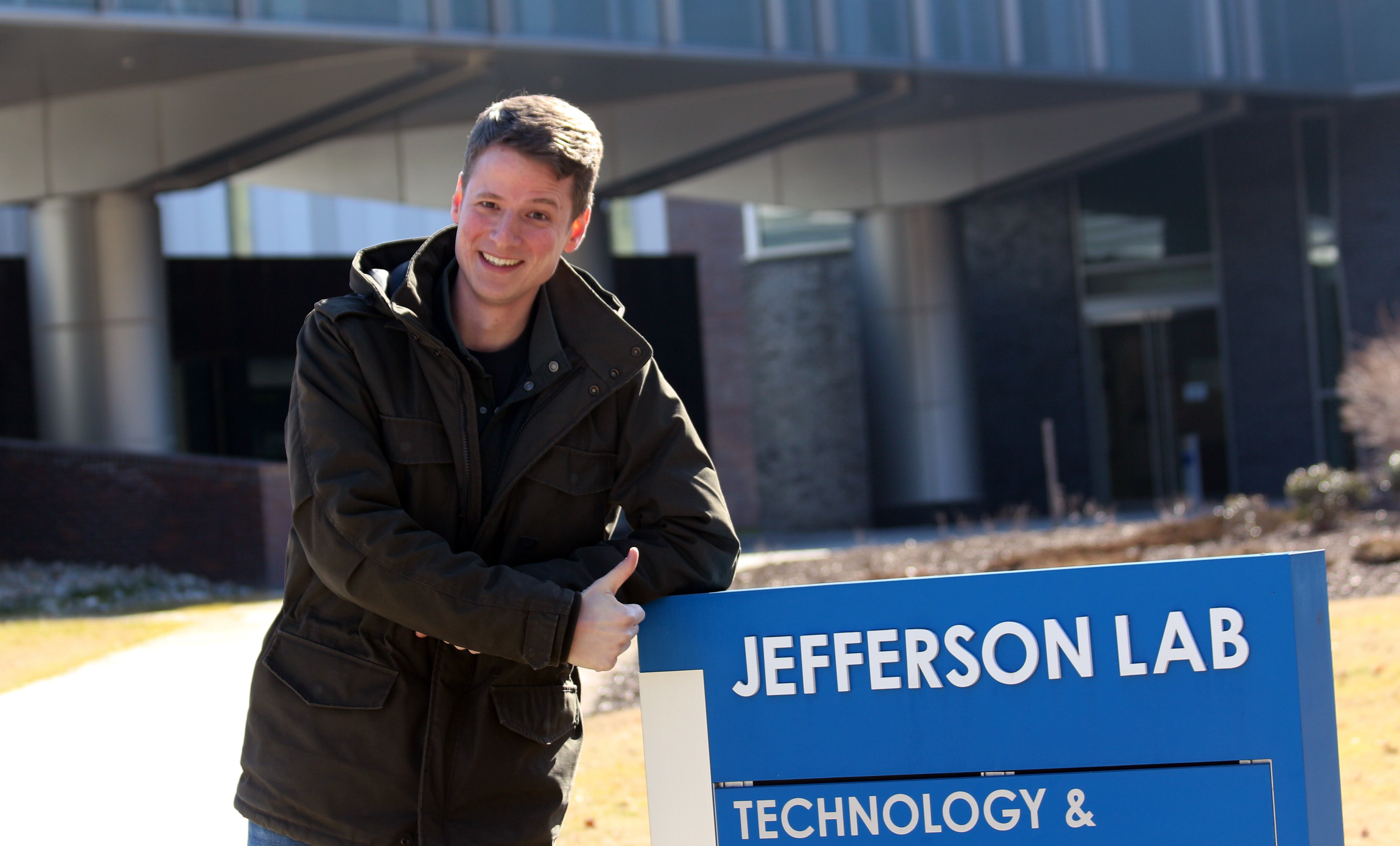
Research Fellow Turns to Accelerator Power for Wastewater Cleanup
In honor of Hermann Grunder, the founding director of Jefferson Lab, and his contributions to accelerator science, the lab recently established the Hermann Grunder Postdoctoral Fellowship in Accelerator Science. Now, the first Hermann Grunder fellow, John Vennekate, has started work. He said he hopes to follow in the footsteps of his fellowship’s namesake to continue blazing a new trail for practical applications of superconducting accelerators.
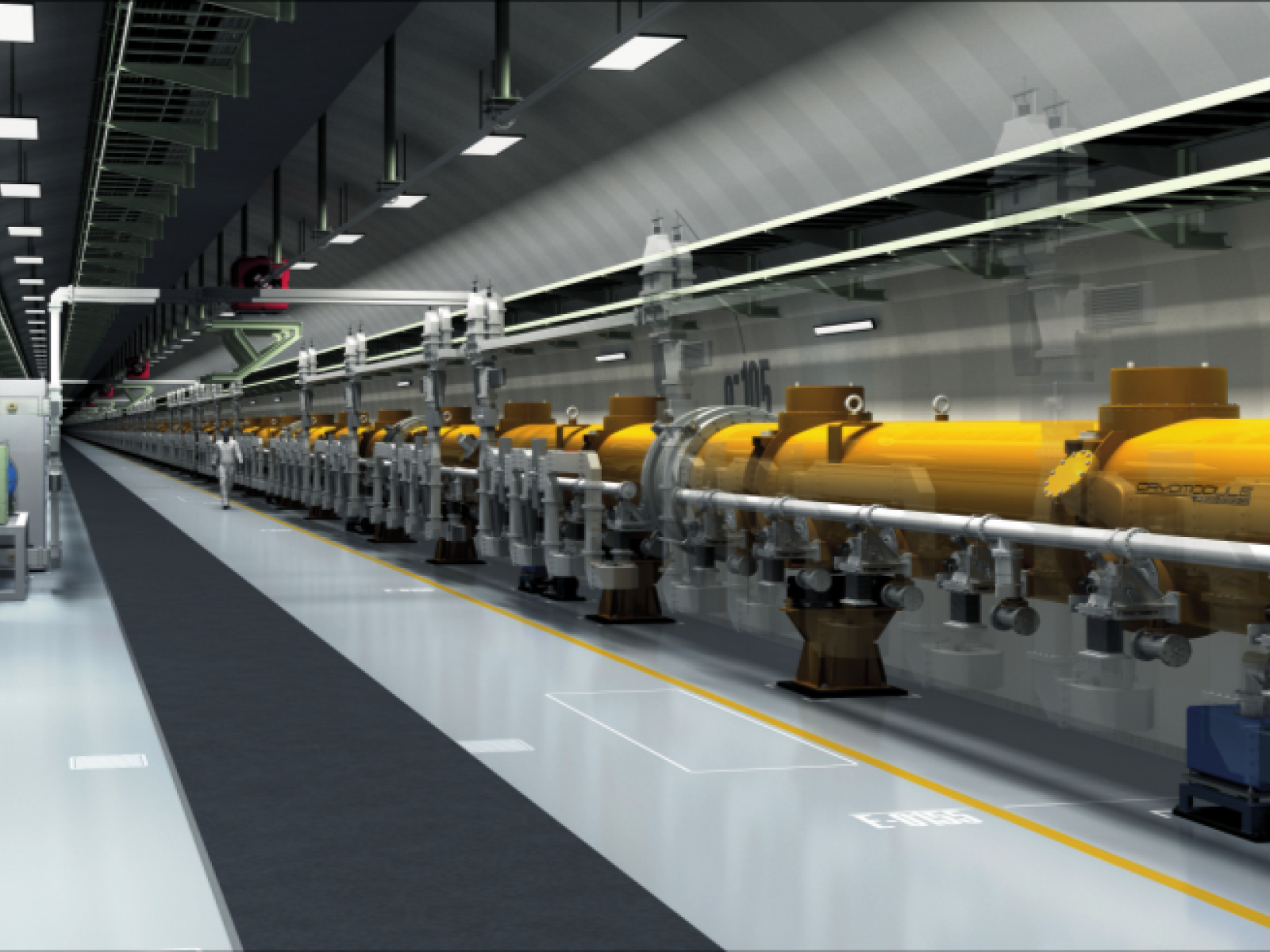
A New Era of Accelerator Science
PNNL’s Jan Strube and colleagues from Germany and Japan outline the future of particle physics research using linear colliders, which could improve our understanding of dark matter and help answer fundamental questions about the universe.

Fermilab receives DOE award to develop machine learning for particle accelerators
Fermilab scientists and engineers are developing a machine learning platform to help run Fermilab’s accelerator complex alongside a fast-response machine learning application for accelerating particle beams. The programs will work in tandem to boost efficiency and energy conservation in Fermilab accelerators.
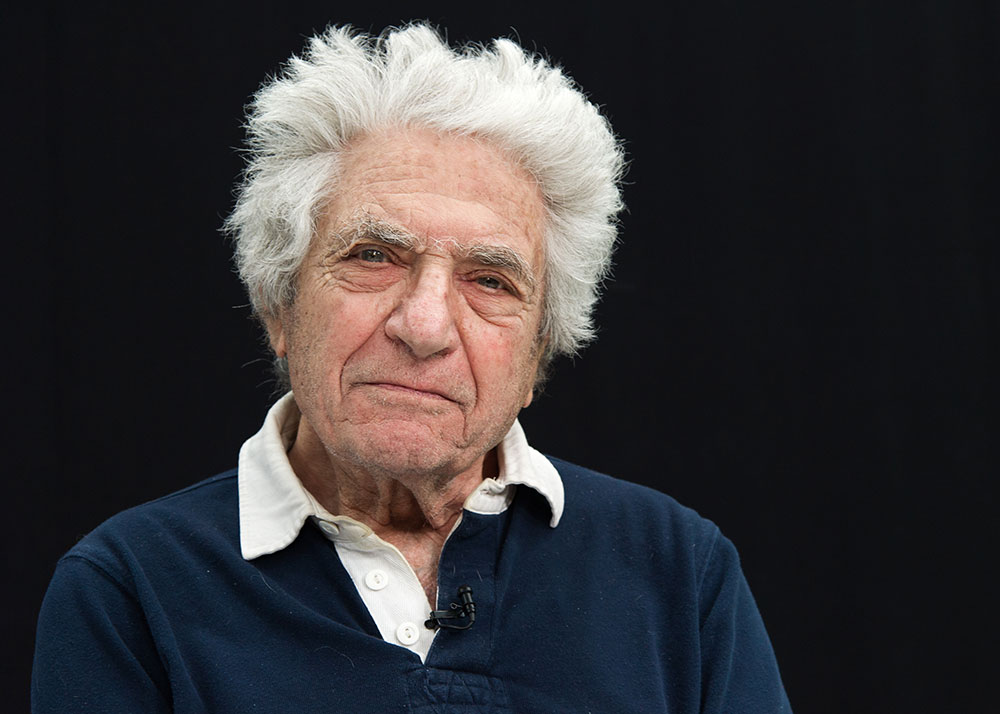
In Memoriam: Jack Steinberger, 99
Jack Steinberger, who with Leon Lederman and Melvin Schwartz was awarded the 1988 Nobel Prize in physics for their 1962 discovery of the muon neutrino, died on Saturday, December 12, 2020, at his home in Geneva. He was 99.

Major upgrade to Fermilab accelerator complex gets green light
The U.S. Department of Energy has formally approved the scope, schedule and cost of the PIP-II project at Fermilab. The PIP-II accelerator will become the heart of Fermilab’s upgraded accelerator complex, delivering more powerful proton beams to the lab’s experiments and enabling deeper probes of the fundamental constituents of the universe.
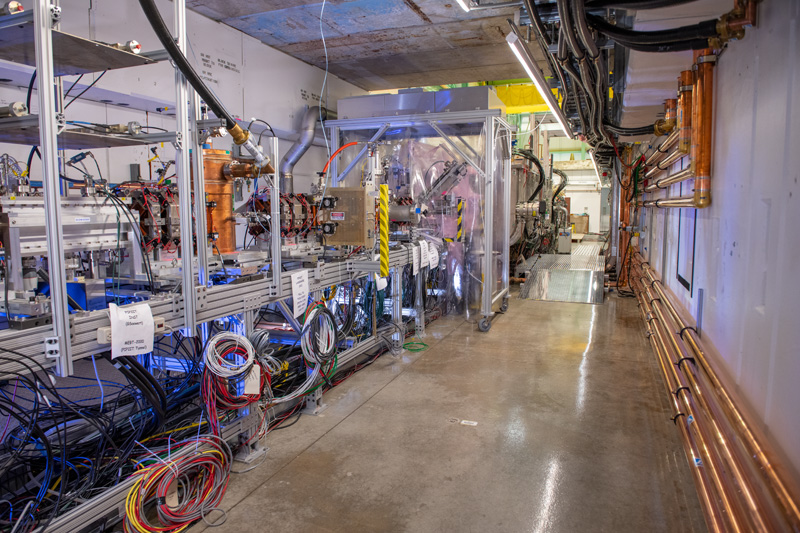
First beam accelerated in PIP-II cryomodules, ushering in new era of superconducting-accelerator operation at Fermilab
On Oct. 21, the PIP-II Injector Test Facility accelerated proton beam through its superconducting section for the first time.
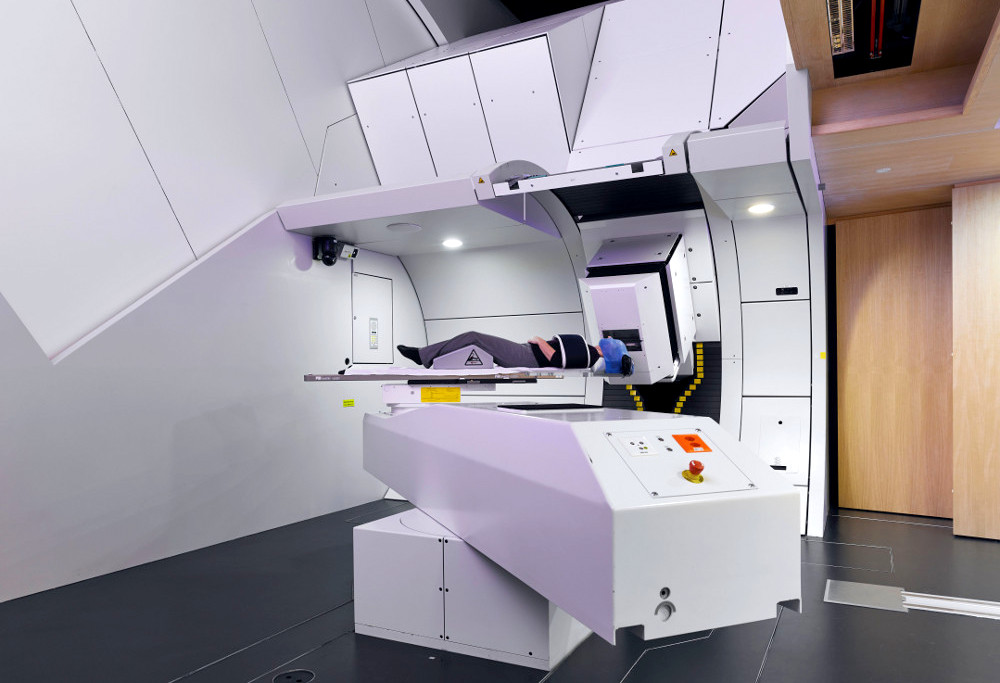
3 Awards Will Support Accelerator R&D for Medical Treatment, Miniaturization, and Machine Learning
U.S. Department of Energy awards announced in July will advance Lawrence Berkeley National Laboratory (Berkeley Lab) R&D to develop a more effective and compact particle-beam system for cancer treatment, improve particle-beam performance using artificial intelligence, and develop a high-power, rapid-fire laser system for both tabletop and large-scale applications.
Recursion and University of Utah launch region’s largest life science incubator
Altitude Lab announced its first resident companies and opened applications for its breakthrough collaborative facility and program. It’s the first of its kind—a blended incubator/accelerator program focused on developing diverse and inclusive early-stage life science and health care companies in Utah.

Robert Ainsworth awarded $2.5 million to improve particle beams for high-intensity experiments
Fermilab scientist Robert Ainsworth has won a $2.5 million Department of Energy Early Career Research Award to study different ways of ensuring stability in high-intensity proton beams. By studying how certain types of beam instabilities emerge and evolve under different conditions, his team can help sharpen scientists’ methods for correcting them or avoiding them to begin with.
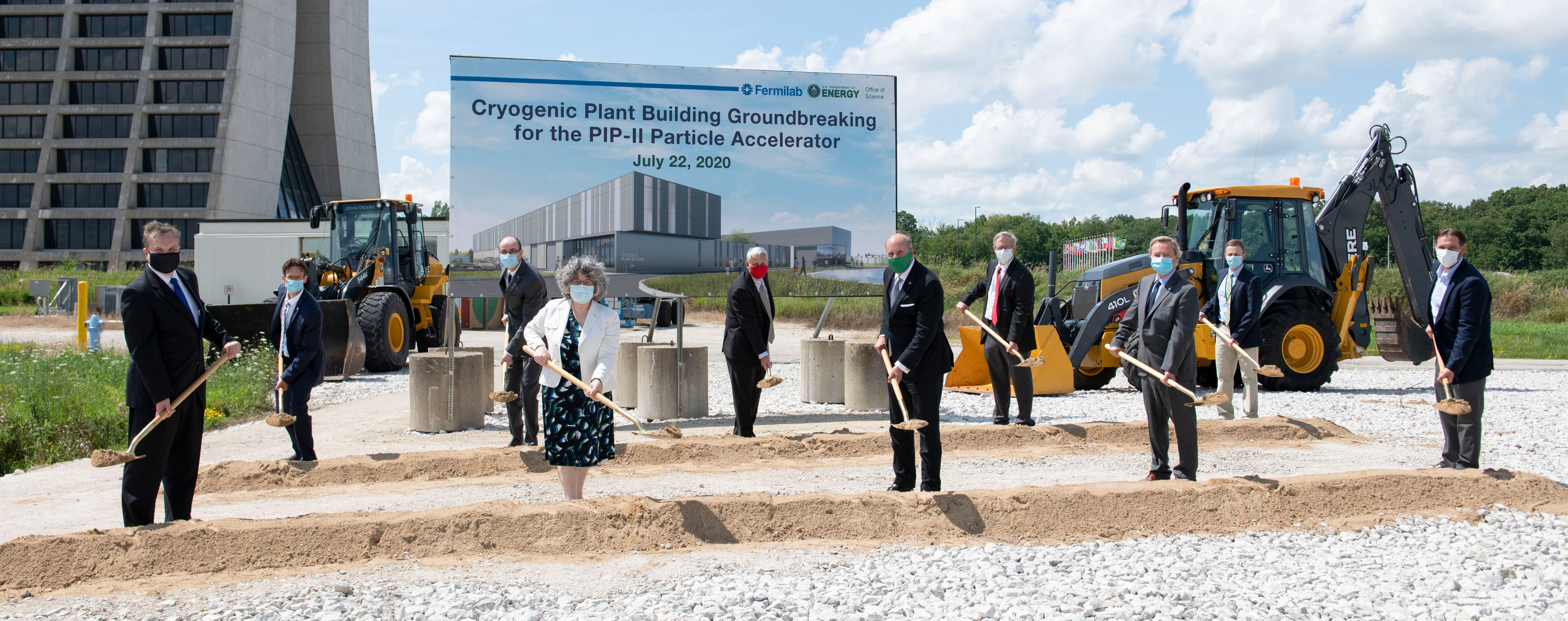
Two construction projects reach major milestones at Fermilab
Partners celebrate the site dedication of the Integrated Engineering Research Center and the groundbreaking for the PIP-II cryoplant building.

Fermilab achieves 14.5-tesla field for accelerator magnet, setting new world record
Fermilab scientists have broken their own world record for an accelerator magnet. In June, their demonstrator steering dipole magnet achieved a 14.5-tesla field, surpassing the field strength of their 14.1-tesla magnet, which set a record in 2019. This magnet test shows that scientists and engineers can meet the demanding requirements for the future particle collider under discussion in the particle physics community.
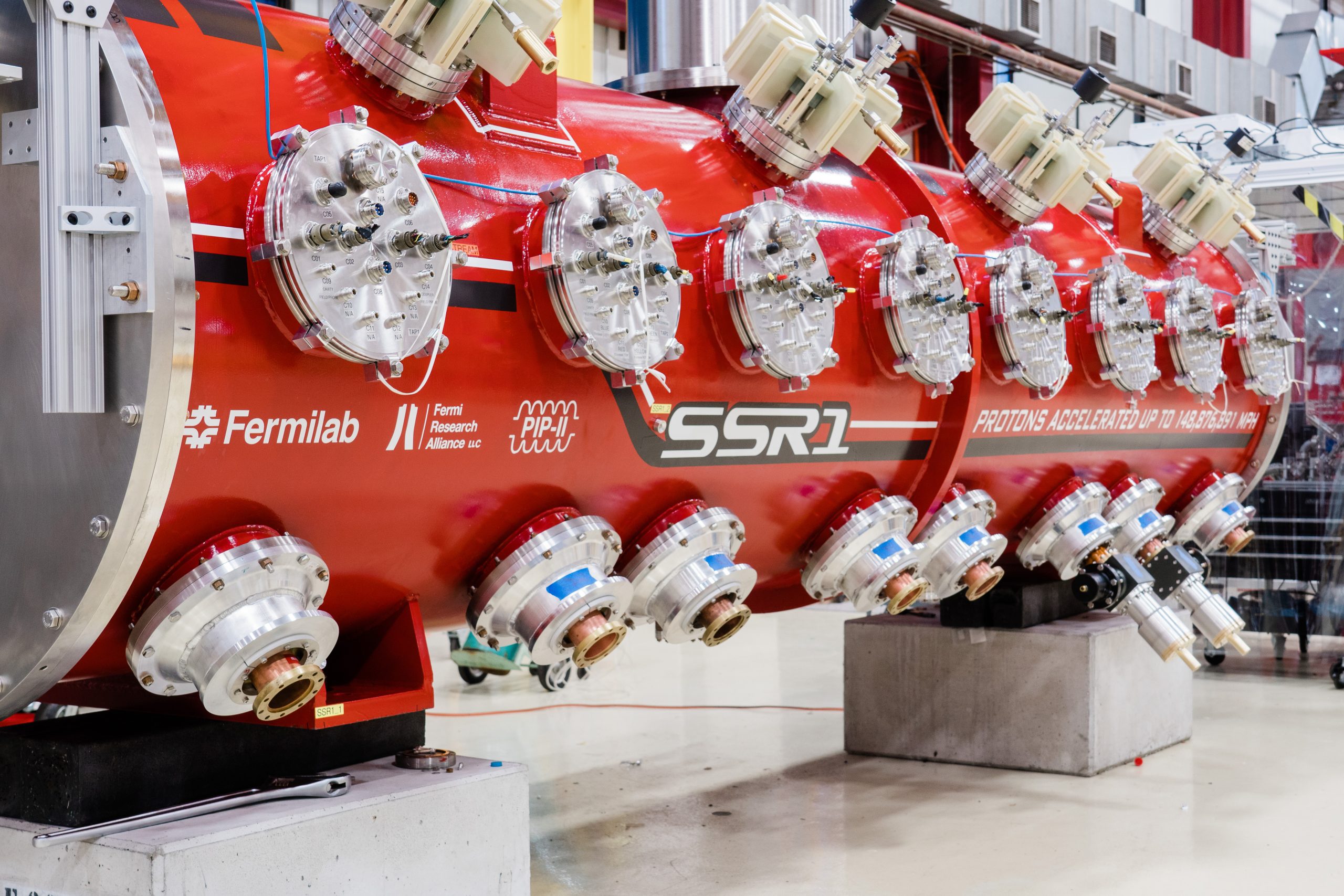
Accelerating science globally: PIP-II engineers continue designs for particle-propelling machine from home
Engineers from five countries are coordinating the design of the large cryomodules that will enable the new PIP-II accelerator at Fermilab to generate protons for the world’s most powerful beam of neutrinos, in support of the international Deep Underground Neutrino Experiment.
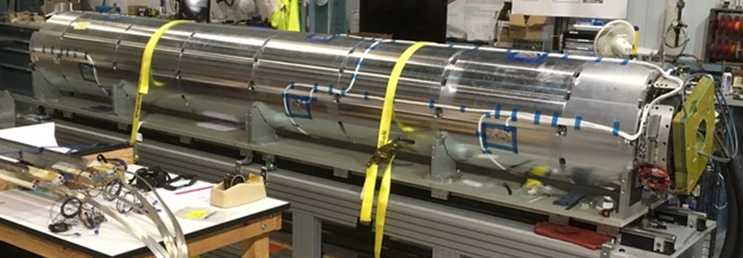
Three national laboratories achieve record magnetic field for accelerator focusing magnet
Fermilab, Brookhaven National Laboratory and Lawrence Berkeley National Laboratory have achieved a milestone in magnet technology. Earlier this year, their new magnet reached the highest field strength ever recorded for an accelerator focusing magnet. It will also be the first niobium-tin quadrupole magnet to operate in a particle accelerator — in this case, the future High-Luminosity Large Hadron Collider at CERN.
Meet the Director: Guy Savard
This is a continuing profile series on the directors of the Department of Energy (DOE) Office of Science user facilities. These scientists lead a variety of research institutions that provide researchers with the most advanced tools of modern science including accelerators, colliders, supercomputers, light sources and neutron sources, as well as facilities for studying the nano world, the environment, and the atmosphere.
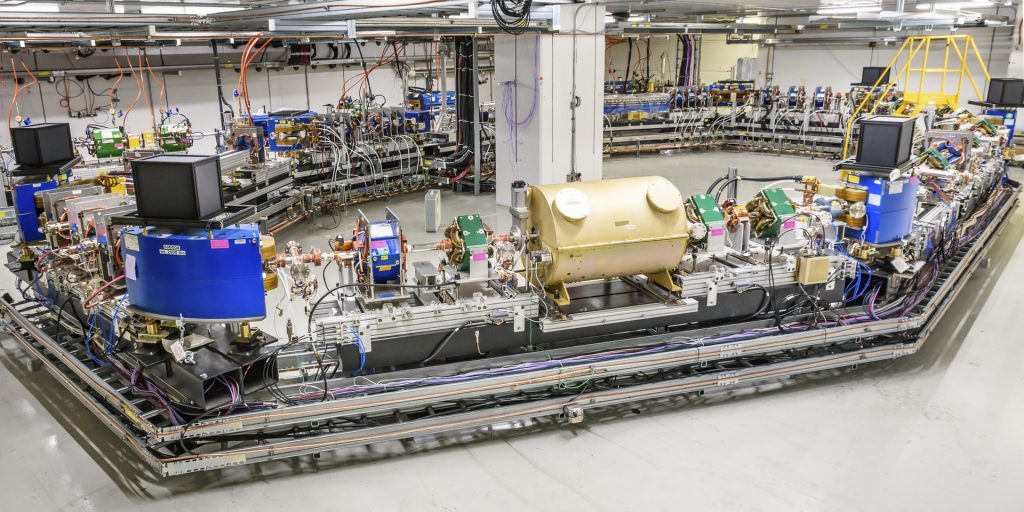
Fermilab’s newest accelerator delivers first results
IOTA is designed to develop technologies to increase the number of particles in a beam without increasing the beam’s size and thus the size and cost of the accelerator. IOTA researchers are investigating a novel technique called nonlinear integrable optics. The technique was a winner: Scientists observed that these specialized magnets significantly decreased the instability.

First major superconducting component for new high-power particle accelerator arrives at Fermilab
The first cryomodule for Fermilab’s new PIP-II superconducting accelerator has arrived from Argonne National Laboratory.